Archaeologists in 2024 have made important discoveries hidden deep underground for thousands of years, lost shipwrecks, or new discoveries when analyzing DNA.
In addition to the archaeological techniques and tools that have been used for many years, modern technological advances have contributed significantly to scientists discovering remarkable archaeological evidence. Ground sensor technology and artificial intelligence (AI) have both contributed to important discoveries in 2024.
Hundreds of drawings on the Nazca plateau
The Nazca Lines (Peru) have been discovered and discussed for many years. It took scientists nearly a century to discover 430 lines. This year, with AI technology, a research team from Yamagata University (Japan) took only 6 months to map the lines and identify 300 more mysterious shapes on the Nazca Plateau.
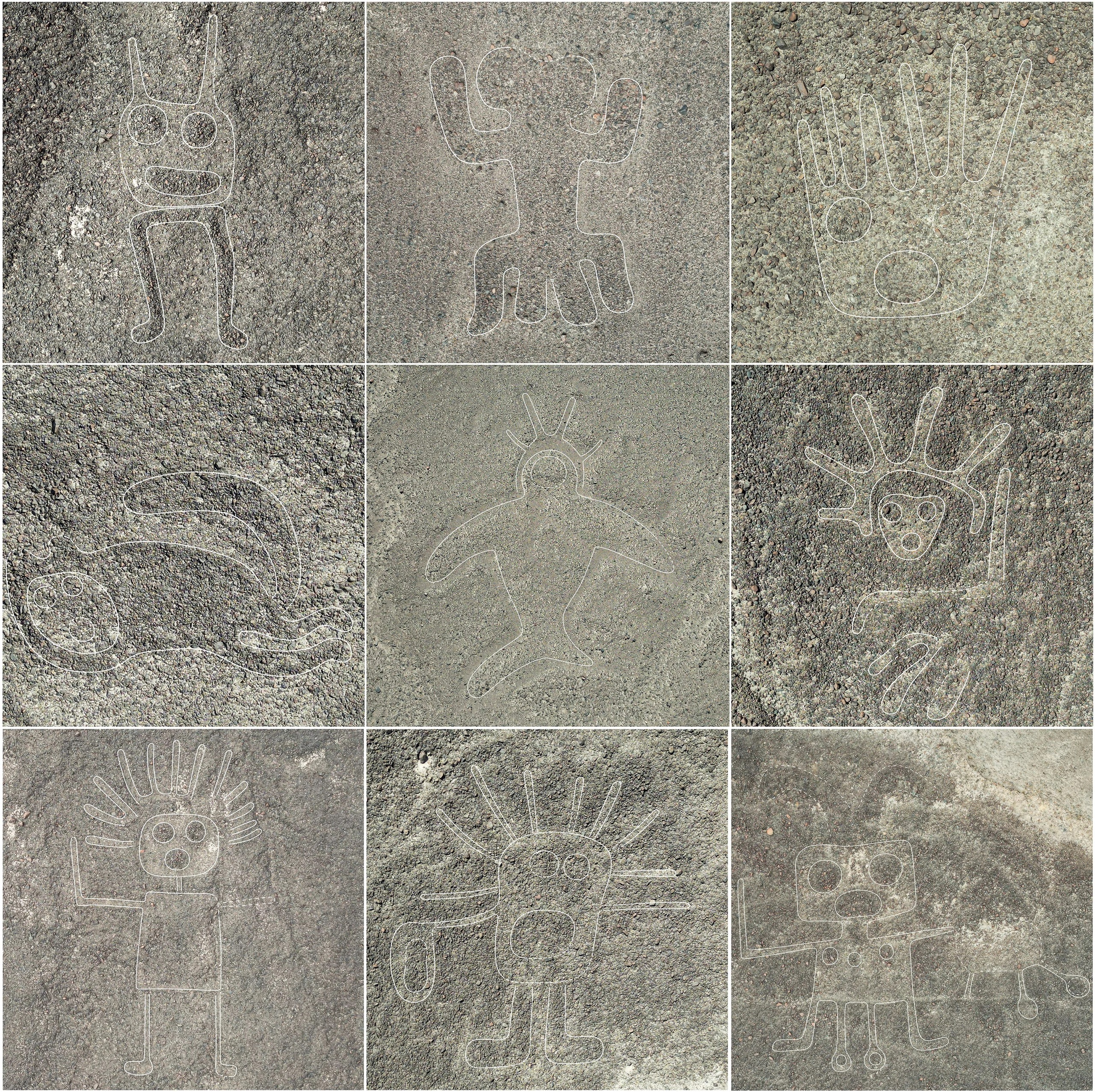
Drawings on the Nazca Plateau, Peru were discovered this year with the help of AI
The drawings are believed to have been created 2,000 years ago by pre-Inca civilizations who lived in the Nazca region of southern Peru from 200 BC to AD 700. The drawings were first discovered in 1927 and are now a UNESCO World Heritage Site, according to AFP. What drove the ancient people to create these drawings remains a mystery. Some scientists believe they have astrological and religious significance.
Lost City in the Amazon
The Amazon rainforest may look like a rich place, but growing food in the area is difficult, so archaeologists have never found any traces of an ancient city in the Amazon.
That all changed in 2024 when archaeologists discovered the oldest settlements in the Amazon. Using LIDAR, a sensor technology that can see through trees, scientists discovered more than 6,000 interconnected platforms in the Ecuadorian Amazon, dating back 2,000 years, as evidence of structures that had been built there. These traces are similar to the architecture built by the Maya civilization in Mexico and Guatemala.
DNA sequencing of Pompeii people
The eruption of Mount Vesuvius in 79 AD buried the ancient Roman city of Pompeii and its inhabitants. In the 1800s, scientists discovered several skeletons lying side by side in Pompeii, raising the possibility that they belonged to the same family and were related. However, the first DNA sequenced from Pompeii, reported in a November 2024 study in the journal Cell , showed two skeletons lying side by side, one of a man and an infant, and two unrelated individuals. Two other skeletons, of two women who died while embracing each other, were also unrelated.
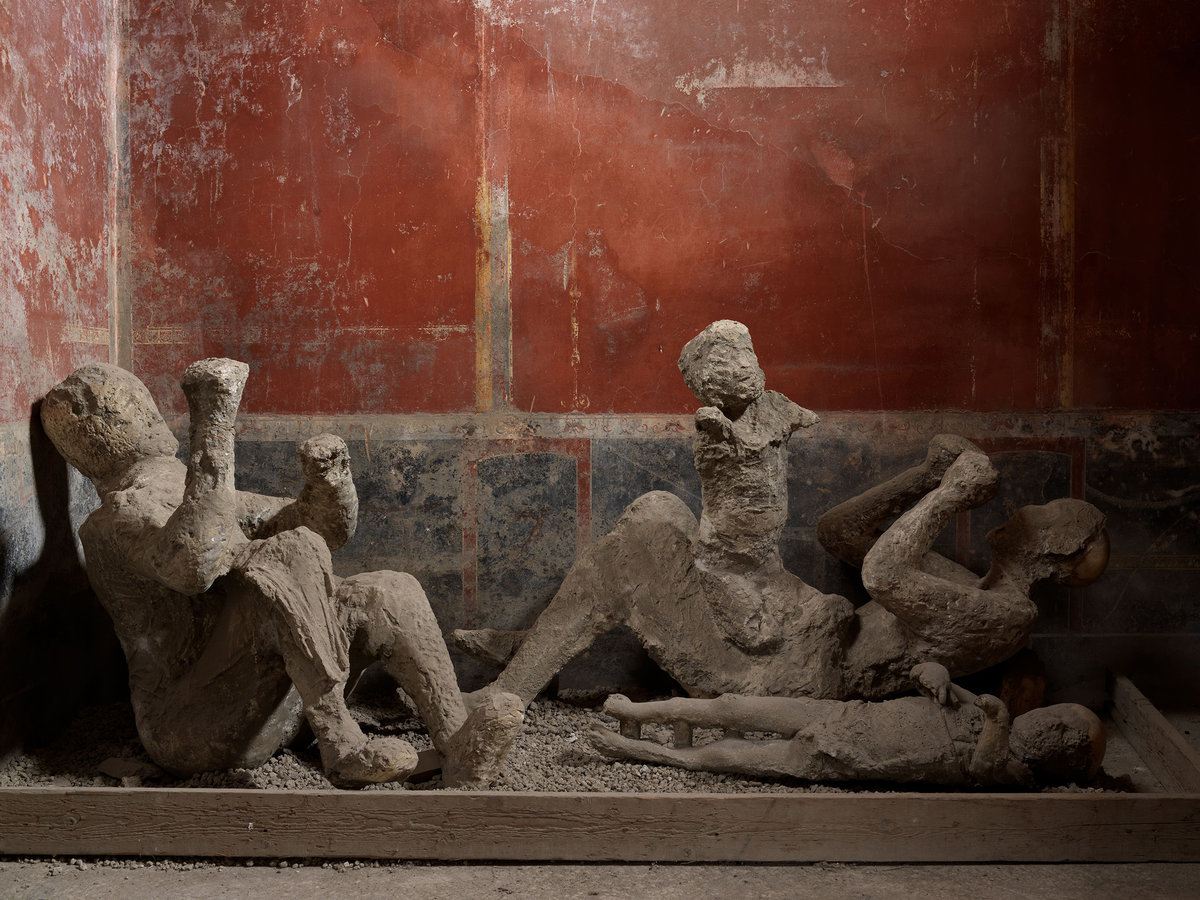
Plaster of Pompeii skeletons "petrified" by volcanic ash in 79 AD is kept in Italy
PHOTO: POMPEII ARCHEOLOGICAL PARK
Old cave painting
This year, archaeologists discovered cave paintings in Sulawesi, Indonesia that are at least 51,200 years old, making them the oldest cave carvings ever discovered. The paintings depict humans hunting what looks like pigs. Previously, the oldest cave carvings discovered, also in Indonesia, depict a pig and are thought to be around 5,000 years old.
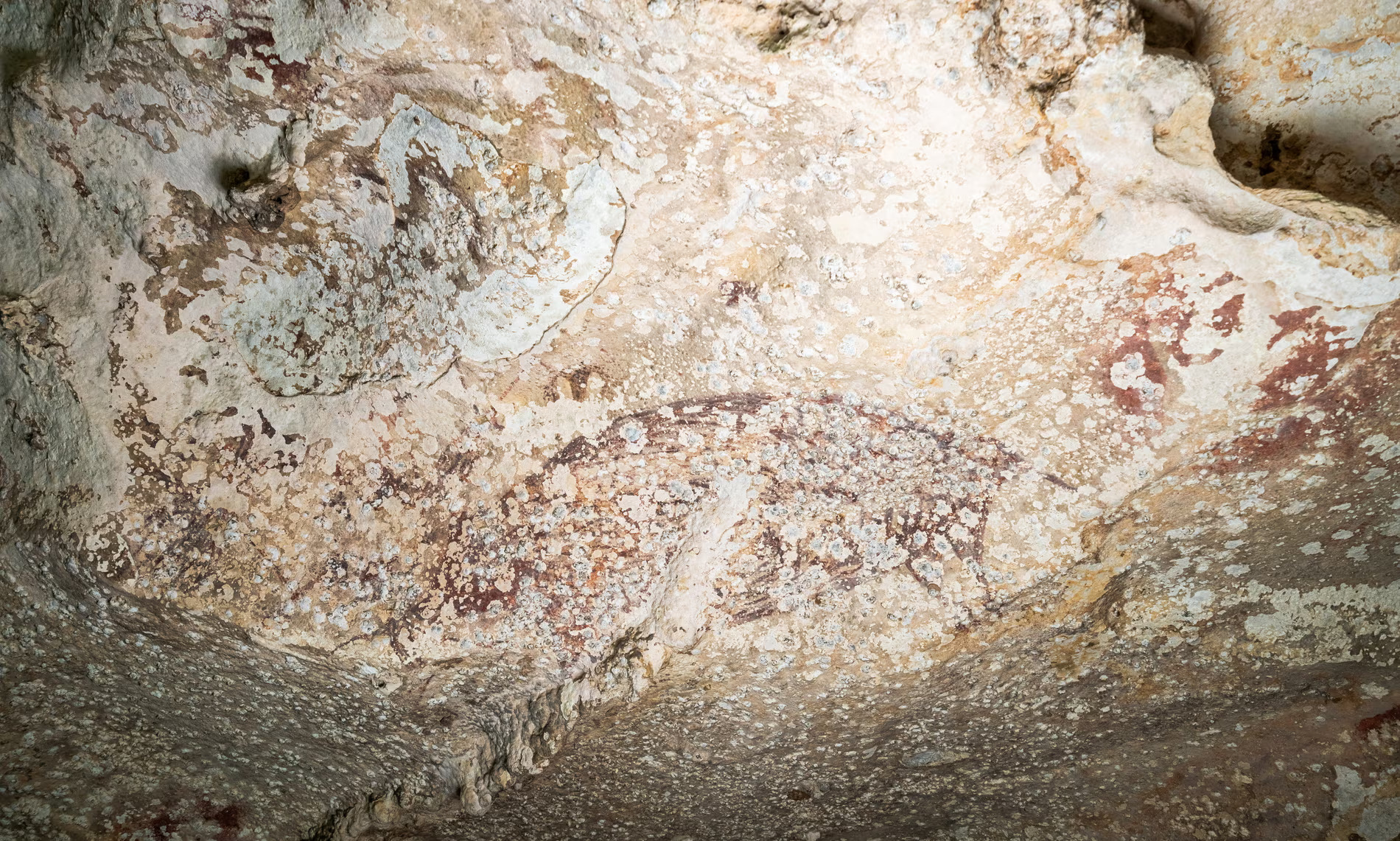
Cave painting in Sulawesi island, Indonesia is believed to date back 51,000 years
3,500 year old cheese
Scientists have discovered the world's oldest cheese, dating back 3,500 years, buried in China's Xinjiang Uygur Autonomous Region. According to Live Science in September, the research team found goat DNA and fermenting bacteria from Bronze Age specimens scattered around the necks of mummies in coffins in the Xiaohe cemetery in the Tarim Basin, Xinjiang. The ancient cheese discovered after DNA analysis was kefir cheese, made from goat milk. Kefir is believed to have helped ancient people solve the problem of lactose deficiency and make the most of what their herds of goats had to offer.
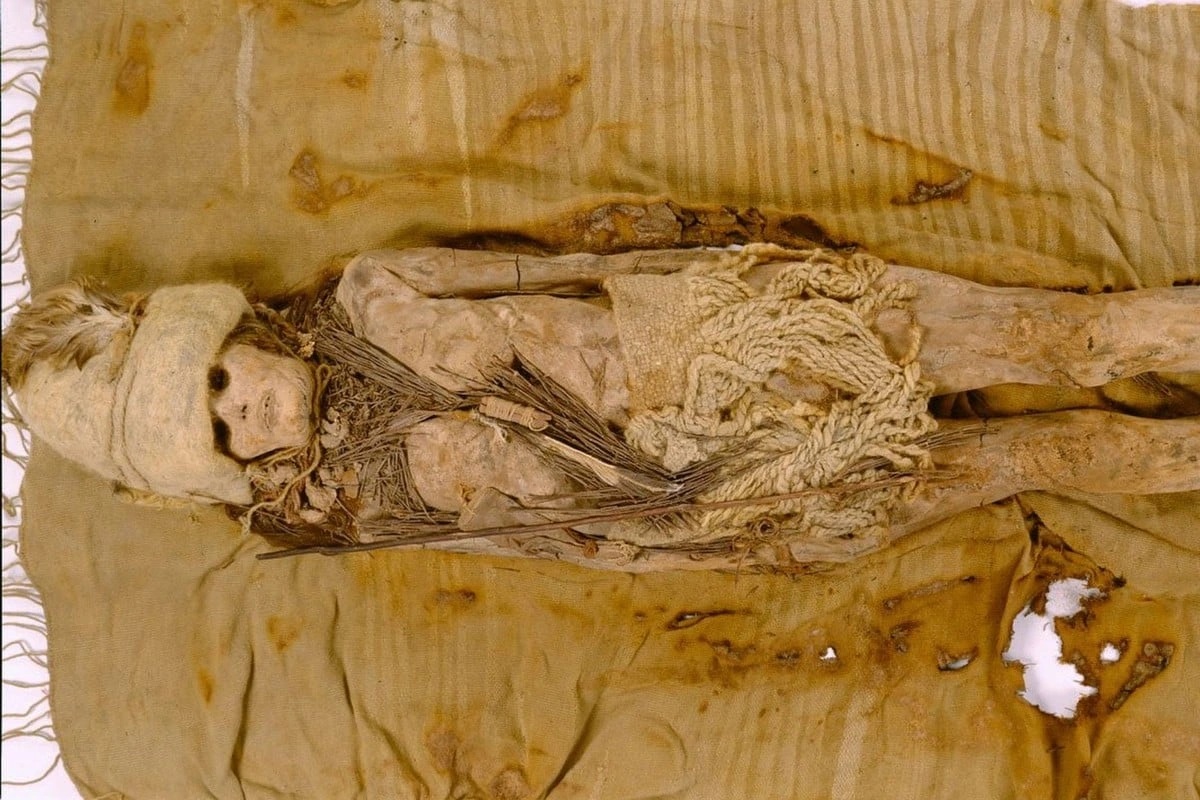
Mummies at Xinjiang cemetery believed to contain cheese dating back more than 3,500 years
Bronze Age shipwreck sunk offshore
In June 2024, a robotic probe discovered the wreck of a Canaanite ship that sank more than 3,300 years ago, lying at a depth of 2 km, about 90 km off the coast of Israel. What is special is that the shipwreck is far from the coast, while previous Bronze Age shipwrecks are usually found near the sea, because shipbuilding techniques at that time could not create deep-sea ships. This discovery raises the hypothesis that some Bronze Age seafarers chose a more adventurous and risky voyage, relying on the stars to travel to places far from shore. Israeli officials said this is the first and oldest ship discovered in the deep waters of the Eastern Mediterranean.
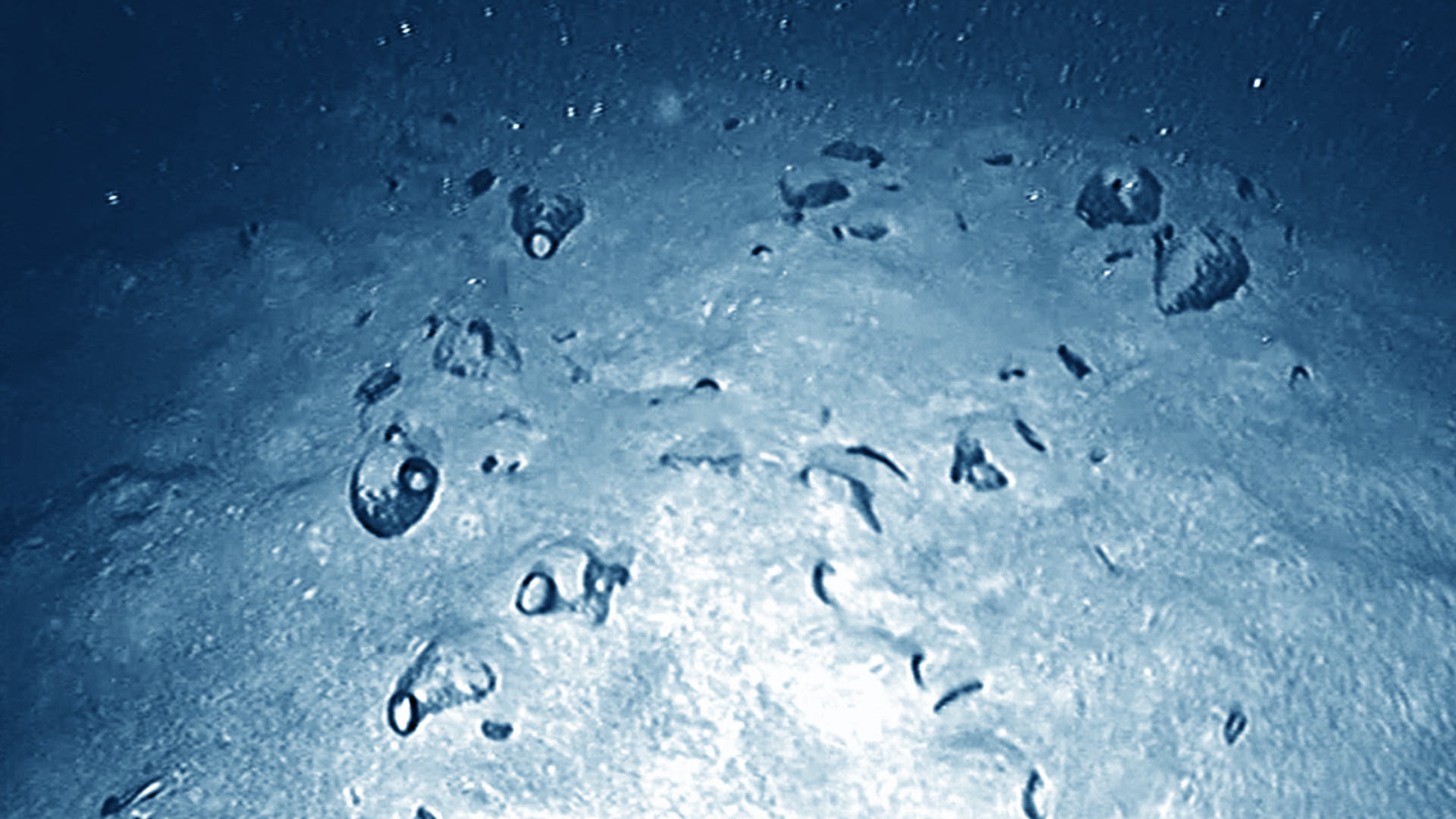
Ancient wine jars found at Canaanite shipwreck site off Israel
PHOTO: ISRAEL ANTIQUES AUTHORITY
World War 2 shipwreck
In August, a joint search by maritime agencies and organizations found the wreck of the USS Stewart off the coast of California. The ship was captured by Japanese forces in Indonesia in 1942 and returned to American hands after World War II ended. The ship was decommissioned and used as a target for aircraft by the U.S. Navy and sunk in 1946. The wreck lay on the seabed off the coast of California for 78 years.
In addition, a US Navy submarine USS Harder that sank in the South China Sea in 1944 was also discovered in May off the coast of Luzon Island, Philippines.
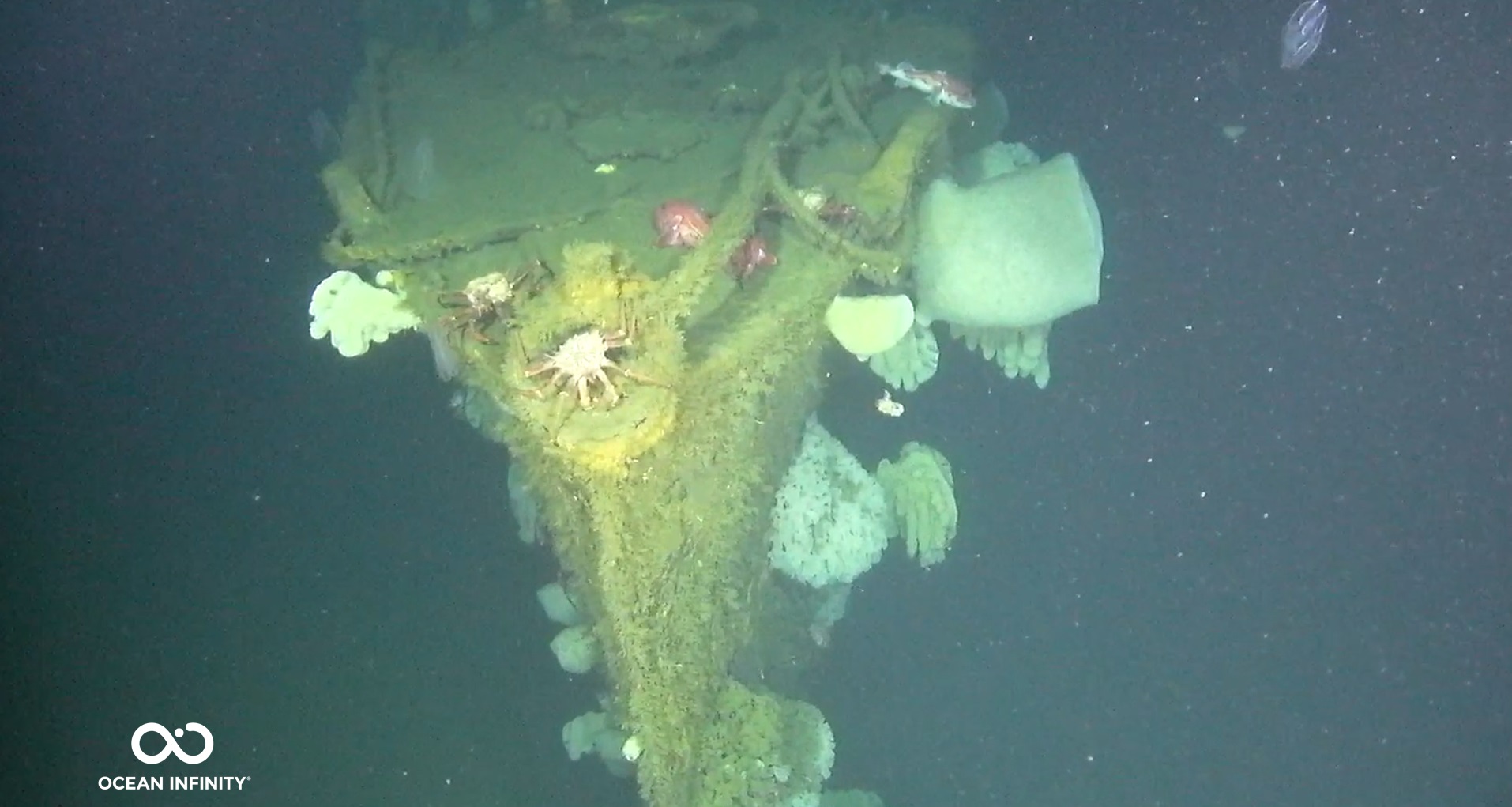
USS Stewart destroyer wreck discovered in 2024
When humans met Neanderthals
Almost everyone in the world today carries a small amount of Neanderthal DNA – our closest relative. That’s because the first humans to leave Africa may have met Neanderthals in the Middle East and had children with them before spreading around the world.
According to research published in the journal Nature in December 2024, DNA sequencing from the remains of people who lived in Europe about 45,000 years ago showed that they had links to Neanderthals several thousand years earlier. This means that humans may have encountered Neanderthals between 49,000 and 45,000 years ago.
Source: https://thanhnien.vn/choang-ngop-nhung-phat-hien-sau-trong-long-dat-185241226005510678.htm




![[Photo] Head of the Central Propaganda and Mass Mobilization Commission Nguyen Trong Nghia received the delegation of Nhan Dan Daily](https://vstatic.vietnam.vn/vietnam/resource/IMAGE/2025/3/25/cdb71275aa7542b082ec36b3819cfb5c)

![[Photo] Nhan Dan Newspaper Youth Union visits Vietnam Military History Museum](https://vstatic.vietnam.vn/vietnam/resource/IMAGE/2025/3/25/374e4f70a35146928ecd4a5293b25af0)
![[Photo] Prime Minister Pham Minh Chinh meets with the Ministry of Education and Training; Ministry of Health on the draft project to be submitted to the Politburo](https://vstatic.vietnam.vn/vietnam/resource/IMAGE/2025/3/25/c0e5c7348ced423db06166df08ffbe54)
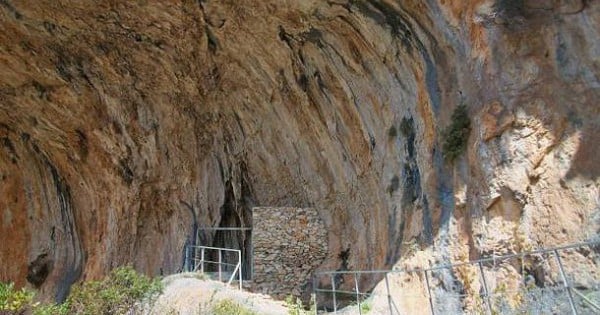

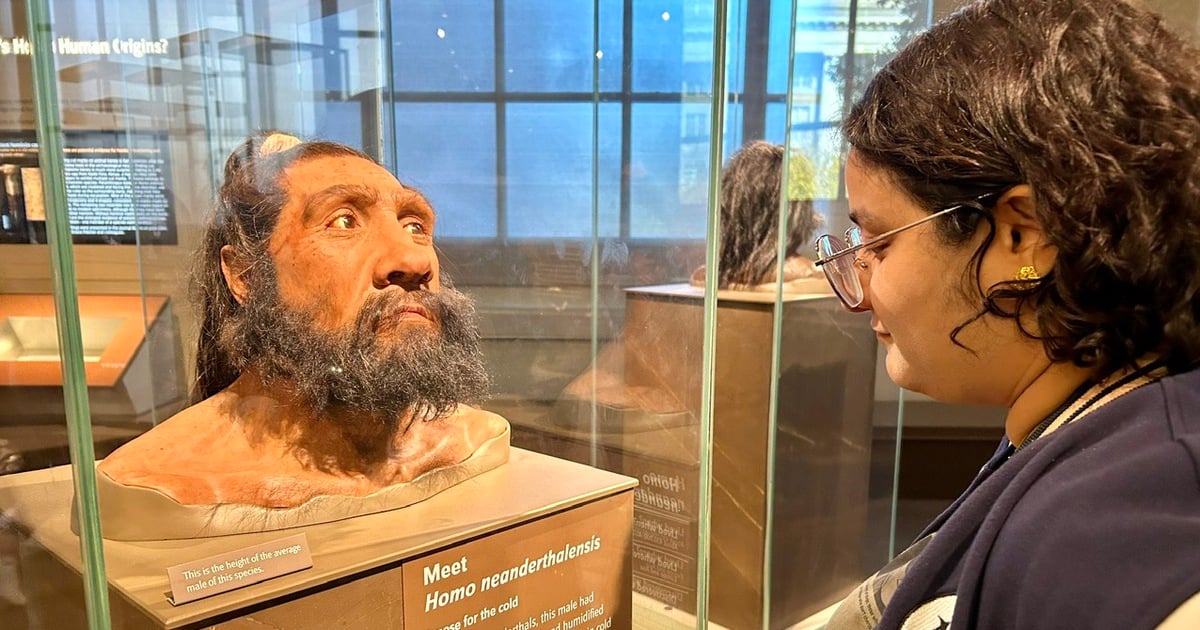


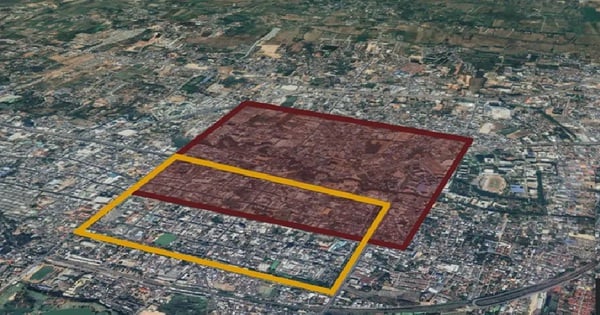


















![[Photo] General Secretary To Lam chairs the Standing Meeting of the Central Steering Committee on preventing and combating corruption, waste and negativity](https://vstatic.vietnam.vn/vietnam/resource/IMAGE/2025/3/25/839ea9ed0cd8400a8ba1c1ce0728b2be)


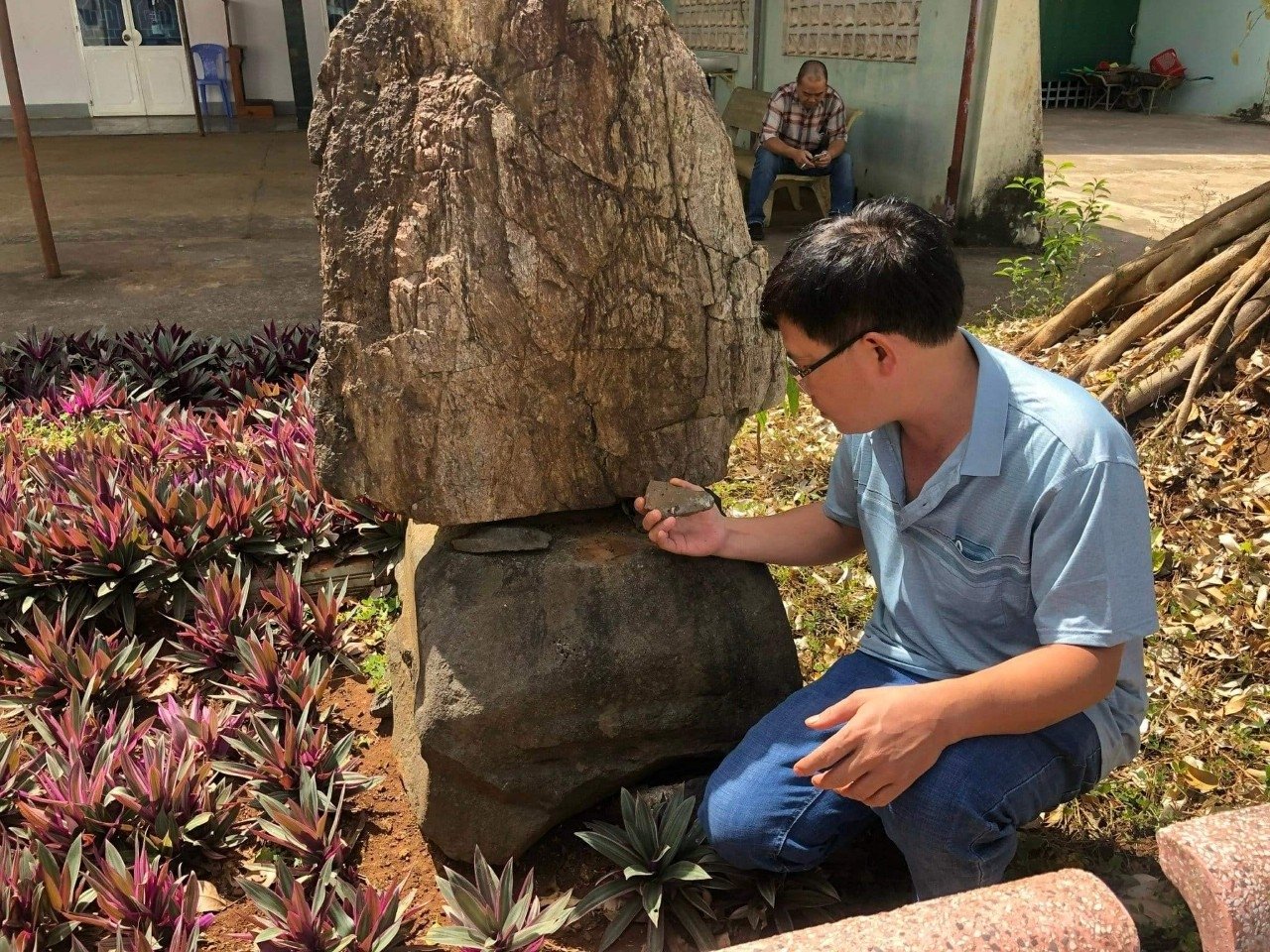

























































Comment (0)